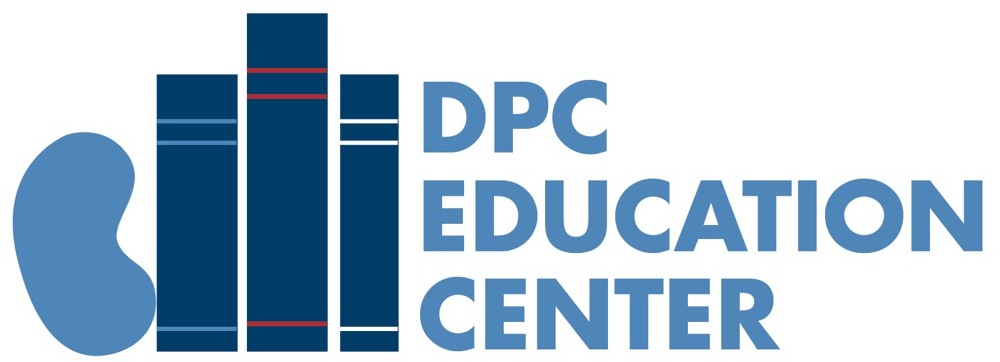Monitoring that amount of fluid that you have between treatments is another important aspect of your diet.
Your fluid restriction is determined by several factors including urine output and weight gain between treatments. Fluid control is most important for hemodialysis patients because treatment is generally only done three times a week, compared to PD that is daily. Your dry weight is the amount of body weight minus the extra fluid that is stored in your body. It is similar to the weight after urination, in a person with fully functioning kidneys. As a dialysis patient, your dry weight is the amount that you weigh shortly after treatment. Using your weight change between treatments can help determine what your restriction will be.
Why should I care about restricting my fluids?
- Too much fluid between treatments can lead to cardiac arrest, heart disease, vein damage and blood pressure related issues. (1)
- Causes swelling
- Fluid can collect in your lungs
- Cramping during treatment
- Pulling too much fluid during treatment causes nausea and dizziness and drops in your blood pressure (1)
How do I control my fluid intake?
Your medical team will help you determine what your restriction will be, but it is up to you to manage your intake daily. Keeping a journal will help you track the amount you have each day.
Tips to control fluid:
- Minimizing your sodium is very important. As discussed here sodium causes you to retain fluid and can make you feel thirstier.
- Evenly distributing your fluid throughout the day helps keep you from having dry mouth.
- Gum and tart items such as lemon juice can stimulate your salivary glands to wet your mouth.
- Small cups can help you portion out your liquid better.
- Ice does of course contain water, but can satisfy your thirst and not add a lot of fluid.
- Taking your medication with food like applesauce instead of water can save fluid.
- Understanding that almost everything you eat has water content and contains “hidden fluid”.
Hidden fluid
When most people think about fluid, they only think about liquids like water or juice. Drinks do have the most fluid content, but items such as yogurt, Jell-O and many fruits and vegetables have large hidden water content. Even items such as meat and bread have some moisture.
Although it is important to understand almost all items contain water, this information should just be another tool in your diet. You shouldn’t avoid corn because it has two ounces of water per ear, but should just understand that if you ate a several ears, you are adding fluid to your diet. Items to watch more carefully are those that are liquid at room temperature (things that melt) and high water fruits and vegetables.
Watching for hidden fluid can help you keep your weight gained between sessions down and make the process more enjoyable. If you need to take off less fluid during dialysis, you can have quicker treatments or have the filtration rate at a more comfortable level.
Ice cubes can be a great low fluid way to get rid of dry mouth, but remembers that ice is another common item that doesn’t get counted as fluid. A medium ice cube has approximately one ounce of water.
The following is a chart of some commonly eaten foods and their water content:
|
Food |
Amount of Fluid in Ounces |
|
Raisins (1 cup) |
1 |
|
1 Medium ice cube |
1 |
|
5 Prunes |
1 |
|
1 Ear of corn |
2 |
|
Lettuce (1 cup) |
2 |
|
Meats and poultry (3oz) |
2 |
|
Raw broccoli (1 cup) |
3 |
|
1 Medium peach |
3 |
|
Cranberries (1 cup) |
3 |
|
1 Bell pepper |
4 |
|
Ice cream (1 cup) |
4 |
|
1 Medium apple |
4 |
|
Strawberries (1 cup) |
5 |
|
Boiled peas (1 cup) |
5 |
|
1 Pear |
5 |
|
Carrots (2 cups) |
6 |
|
Boiled cauliflower (1 cup) |
6 |
|
1 Mango |
6 |
|
Yogurt (1 cup) |
7 |
|
Fruit cocktail (1 cup) |
7 |
|
Winter squash (1 cup) |
7 |
|
Jell-O (1 cup) |
8 |
|
Applesauce (1 cup) |
8 |
|
1 Papaya |
9 |
|
1 Wedge watermelon |
9 |
|
1 Medium cucumber |
10 |
- Glickman J. Stunning Consequences of Thrice-Weekly in Center Dialysis. Medscape Today. www.medscape.com/viewarticle/762480?src=mp&spon=38



